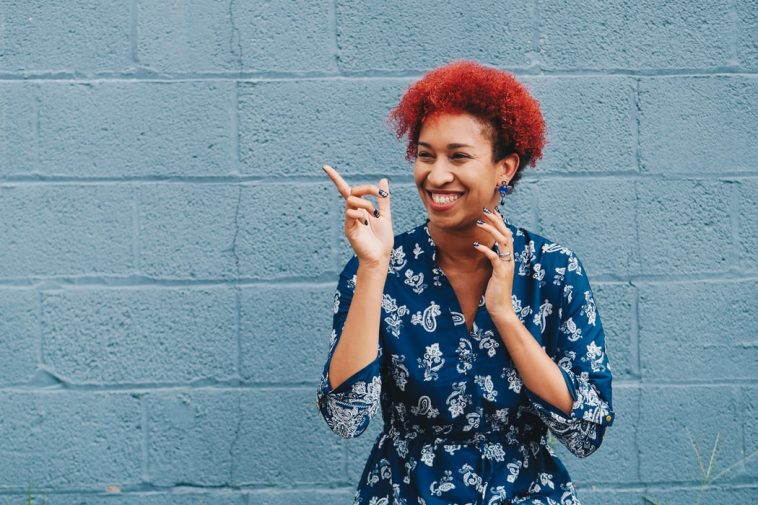The American star of the silver screen, Jean Harlow, was known as the “Blonde Bombshell”. She once remarked, “If it wasn’t for my hair, Hollywood wouldn’t know me.” But did the blonde hair come at a huge price? Harlow died at the age of twenty-six.
Do you make a habit of dying your hair? Now that lockdowns are easing and you cannot wait to get a haircut, you might want to think twice about permanent hair dye and chemical hair straighteners. Some recent studies have raised health concerns.
The practice of dying hair goes back to ancient Egypt, Greece, and Rome when terrible concoctions were used to alter hair colour, both for beauty and to show rank on the battlefield. In years past, animal studies questioned the safety of hair dyes. But research on humans produced inconsistent findings. More recently, studies are yielding findings that should be enough to make people pause.
Researchers for a study published in the International Journal of Cancer analyzed data from the “Sister Study”. This ongoing study involves more than 50,000 women between the ages of 35 and 74, all having a sister with breast cancer. Having a sister with breast cancer placed them at higher risk for developing breast cancer themselves. But researchers used the cohort to study the cancer risk of hair dye. Although all participants share the same family history, only some of them used hair dye and straighteners, allowing for interesting comparisons.
What did epidemiologist Dr. Alexandra White find? She is an investigator with the National Institute of Environmental Health Sciences, studying risk factors for breast cancer.
She found that white women who frequently used permanent hair dyes had a 7% higher risk of breast cancer and black women a 45% higher risk. For women who frequently used chemical straighteners the risk was 30%, with no race difference.
What happened to Harlow? Apparently, Harlow insisted she was a natural blonde. But one Hollywood stylist, Alfred Pagano, knew otherwise. He reported that to make her platinum blonde, peroxide, ammonia, Clorox and Lux flakes were used. Whether his account is accurate, we will never know. But Clorox mixed with ammonia produces the noxious gas, hydrochloric acid, not a healthy mixture.
The hair treatments took a toll, and when Harlow’s hair began to fall out, she turned to a wig. In short order, she died of kidney failure.
Today, hair products are not all the same, and they can contain any of more than 5,000 chemicals, some of which are known to cause cancer in lab animals being fed large amounts of these dyes over time. White notes, “For chemical hair straighteners, one of the big concerns is formaldehyde, which is a known carcinogen.” Products that do not overtly contain formaldehyde may yet release this hazardous substance when the product is heated.
The global market for hair dyes was US$29B in 2019 and is expected to grow to US$40B by 2025. White’s research will not slow this growth. Vanity too readily trumps prudence.
Should you be concerned? On current evidence, the risk is low compared to other known carcinogens such as tobacco and radiation. If you use hair dye, the risk is in all probability small. But remember, formaldehyde is used to embalm people for burial!
Natural, vegetable-based hair dyes are available. So instead of going for permanent colour, what’s wrong with taking a less drastic approach? Temporary and fading colours need not be a drawback. Set the tone with a positive attitude for going natural. And natural hair – meaning whatever Mother Nature gave you – is beautiful.









